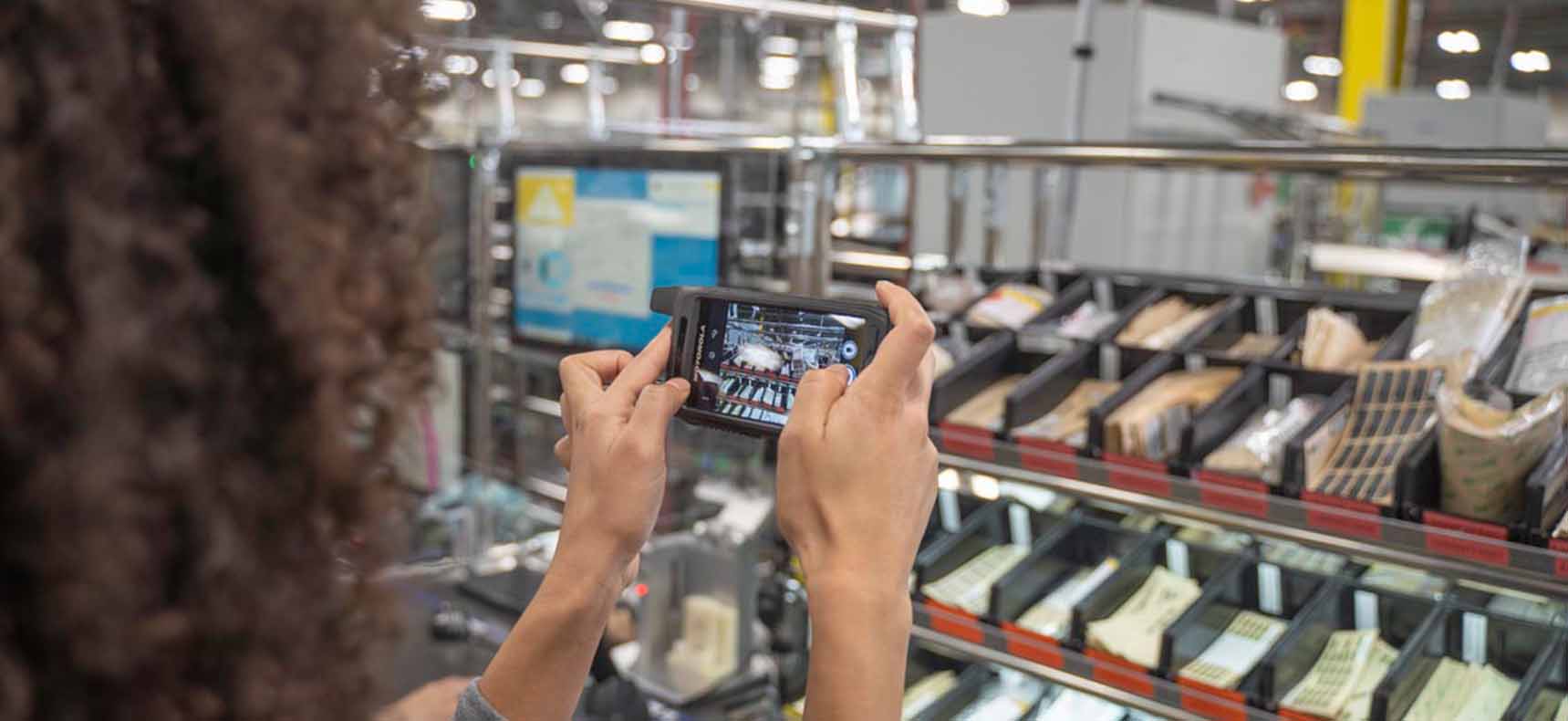Part Three: Voice and Data
Today’s digital two way radios have enhanced voice and data capabilities. This gives radio users the ability to run productivity-enhancing applications directly from their hand held radios.
Current applications include messaging, location based services, bar code reading, and form applications. And according to radio manufacturer information, the growth potential for new application development looks very promising as third-party developers report interest in developing more applications for the industry.
Because of these new data capabilities, the term “Smart Radio” has been coined to refer to the latest release of digital radios. In reality, the name is sort of misleading because typical smartphone activities like surfing the web, sending video/images and synchronizing with remote office desktops are not available on the radios due to the large bandwidth required by the applications.
For many business managers, this is actually a blessing in disguise because they can control the type of the application workers access on their device during the workday (Think, no work time lost on facebook, snapchat, etc…) and more importantly digital radios have no monthly fees.
Another benefit of migrating to digital radio is that it readily supports existing industry standard protocols such as IP addressing and IP packet data services, which simplifies system integration.
A few examples are :
- Analog systems use external modems, where digital radios connect directly to a computer systems and use standard network interfaces like USB and Ethernet.
- With digital systems you do not have to allocate dedicated systems and channels for voice and data communications. So when changes happen in the field you have the flexibility to adjust quickly and manage operations more effectively.
With lower application/integration costs, increased system flexibility, and an increasing number of data applications available, digital two way radio offers many benefits over its analog predecessor.

